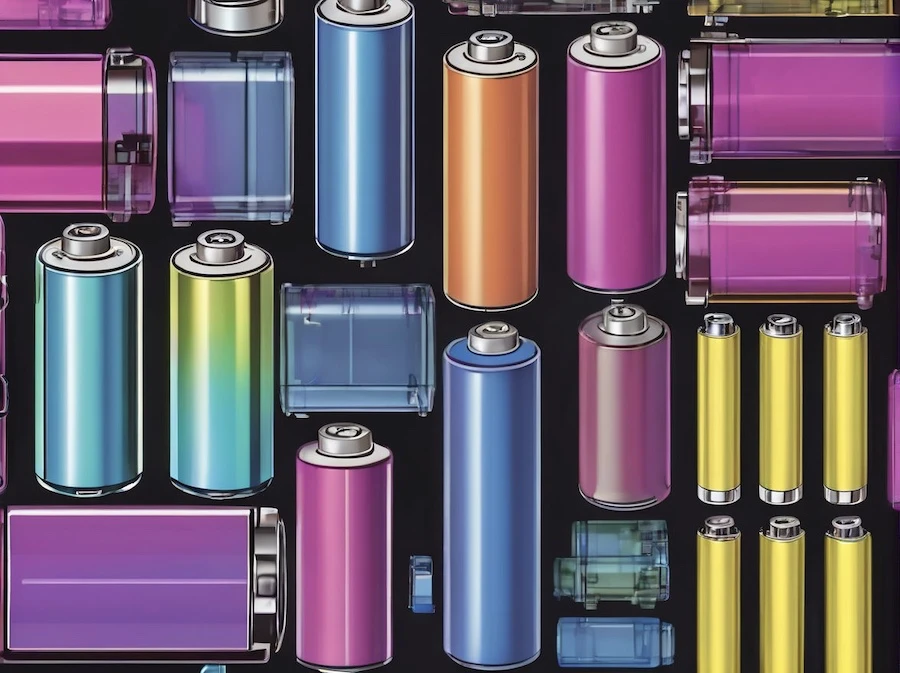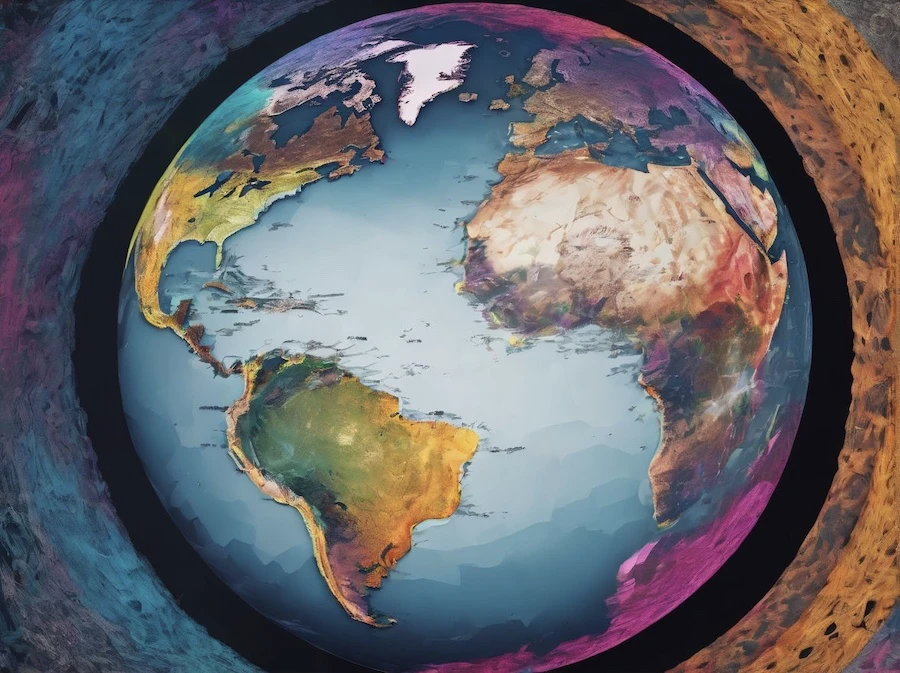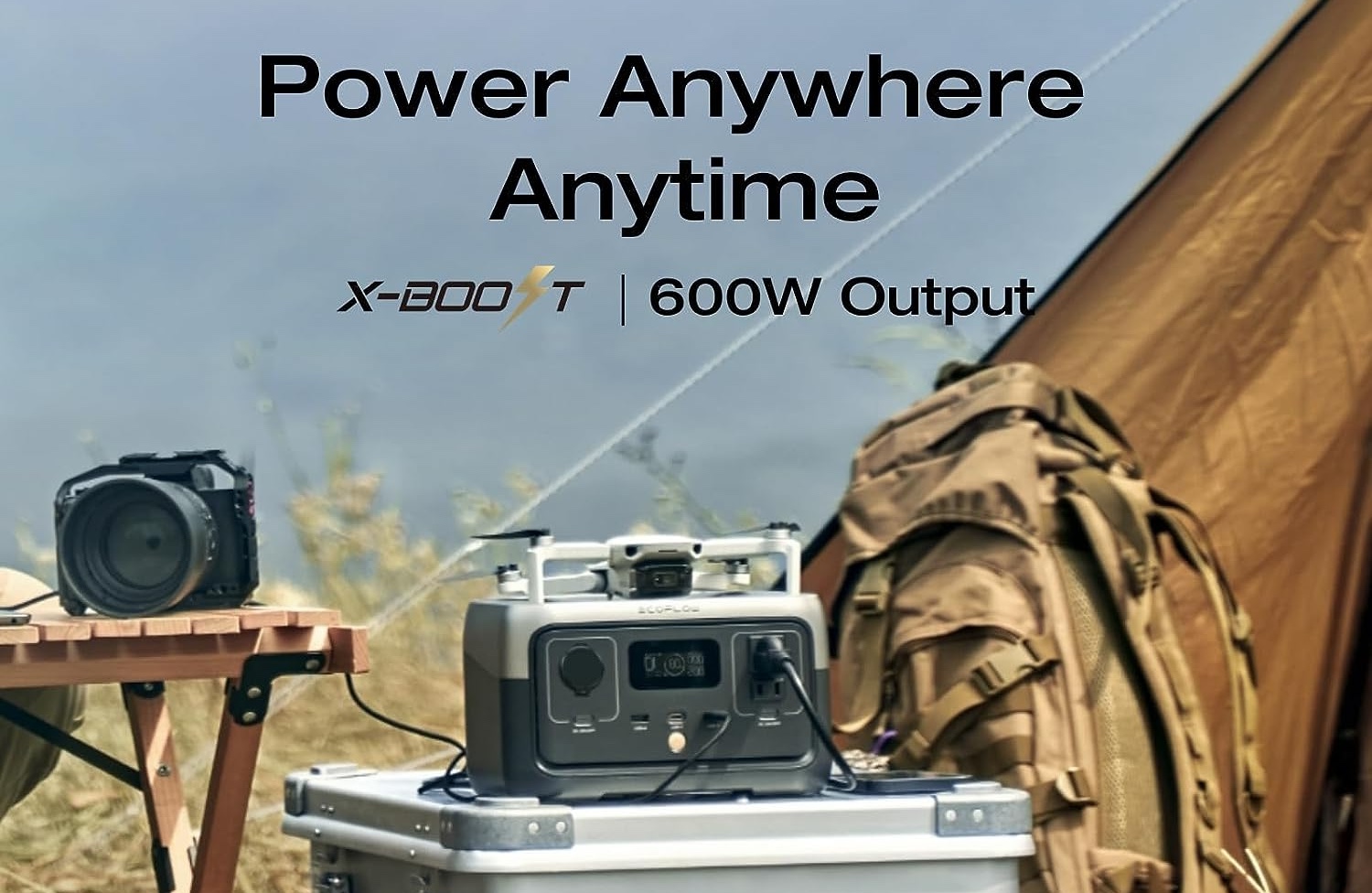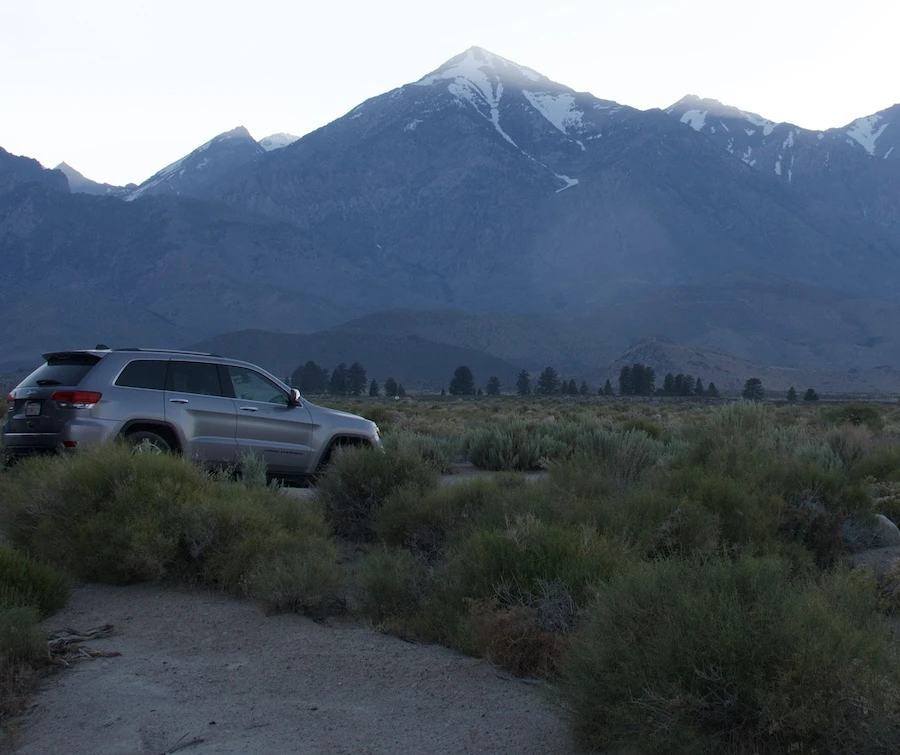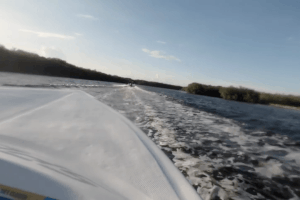September 18, 2023- 3RD OF 3
Navigating Rural Connectivity Revolution: My Story with Starlink
I wanted to share my experience with Starlink Internet, provided by SpaceX. It's been a real game-changer for me and countless others living in rural areas. The promise of having high-speed internet access in remote places is fantastic, but there are moments when it falls short, leaving us scratching our heads over unexpected outages.
First off, let me say that Starlink has been a lifeline for many of us. Its constellation of low Earth orbit (LEO) satellites ensures low latency and high-speed internet, which is a massive leap from the sluggish, unreliable connections we used to endure. It's opened doors to educational resources, telehealth services, and economic opportunities that were previously out of reach.
But, and here's the "but" – those unexplained outages. There have been times when my internet just suddenly drops, and I'm left in the digital darkness, wondering what's gone wrong. I've heard from fellow users who've experienced the same frustration. It's not that we expect perfection, but it's unsettling when the service goes offline without any explanation.
What we're hoping for is better technical support. I mean, we're paying a fair amount for our Starlink subscriptions and the equipment. When something goes awry, we need help, and we need it fast. Technical glitches are part of any service, but efficient support can make all the difference.
Another thing we've been wishing for is a notification system for outages. Imagine getting a heads-up that there's an issue and an estimate of when things will be back to normal. It would save a lot of confusion and frustration.
But let's not lose sight of the big picture. Starlink is making an enormous impact. It's connecting people in places that were once digital deserts. It's a lifeline during natural disasters, a boon to businesses, and a tool for scientific research in remote As Starlink continues to grow and expand its satellite constellation, I'm optimistic that they'll address these issues. They have a chance to truly shine by offering transparent and reliable service. After all, we're investing in this technology to improve our lives, and it's exciting to think about the future where reliable rural internet is the norm.
Pros of Starlink Internet
1. Global Coverage:
Starlink aims to provide internet access to areas worldwide that lack reliable connectivity. It's a game-changer for bridging the digital divide.
2. High-Speed Internet:
Starlink doesn't compromise on speed. It offers internet performance that rivals traditional terrestrial broadband services.
3. Low Latency:
Starlink's use of low Earth orbit (LEO) satellites results in significantly lower latency compared to traditional geostationary satellite internet. This is great news for online gamers and real-time applications.
4. Redundancy and Reliability:
With a vast constellation of satellites, Starlink offers redundancy, ensuring more reliable service, especially during adverse weather conditions.
5. Emergency Connectivity:
Starlink can be a lifeline during natural disasters and emergencies, providing critical internet access when it's needed most.
6. Commercial and Scientific Applications:
It's not just about rural connectivity. Starlink has commercial and scientific applications, empowering businesses and research in remote areas.
Cons of Starlink Internet:
Unexplained Outages:
One of the significant issues users encounter is unexplained outages. Internet connectivity can suddenly drop, leaving users in the dark without a clear explanation.
2. Technical Support:
For the substantial amount users pay for Starlink subscriptions and equipment, there's an expectation of efficient technical support. Users need prompt assistance when facing challenges.
3. Space Debris Concerns:
The increasing number of satellites in the Starlink constellation raises concerns about space debris and congestion in low Earth orbit.
4. Regulatory Hurdles:
Different countries have varying regulations, which can affect Starlink's deployment and service quality. Navigating these regulatory waters can be complex.
5.Cost:
The cost of user equipment and subscription fees can be a barrier for some potential users, particularly those in lower-income areas.
Starlink Internet is a technological marvel with the potential to bridge the digital divide, bringing high-speed internet to underserved regions globally. Its pros, including global coverage, high speed, low latency, and reliability, are transformative. However, it's not without its challenges. Unexplained outages, the need for better technical support, space debris concerns, regulatory hurdles, and costs are areas that require attention and improvement.
As Starlink continues to expand its satellite constellation and user base, addressing these issues becomes paramount. The service has the potential to reshape how we think about rural connectivity. With enhancements in transparency, support, and responsible space usage, Starlink can make a significant positive impact on the lives of those in remote areas, ensuring that the benefits of the digital age are accessible to all.
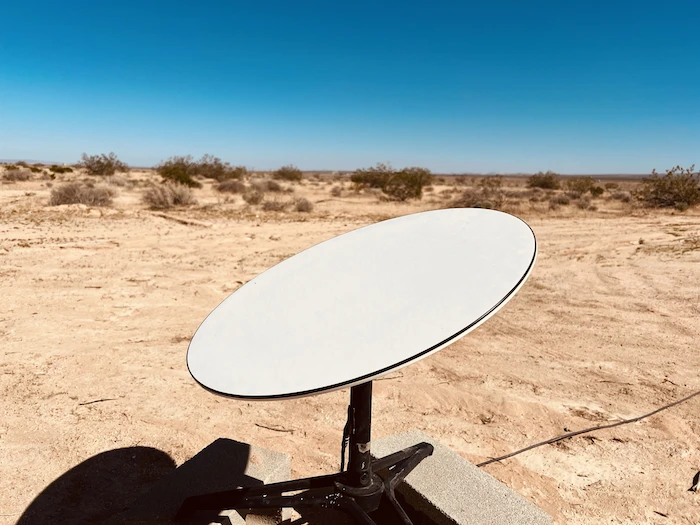











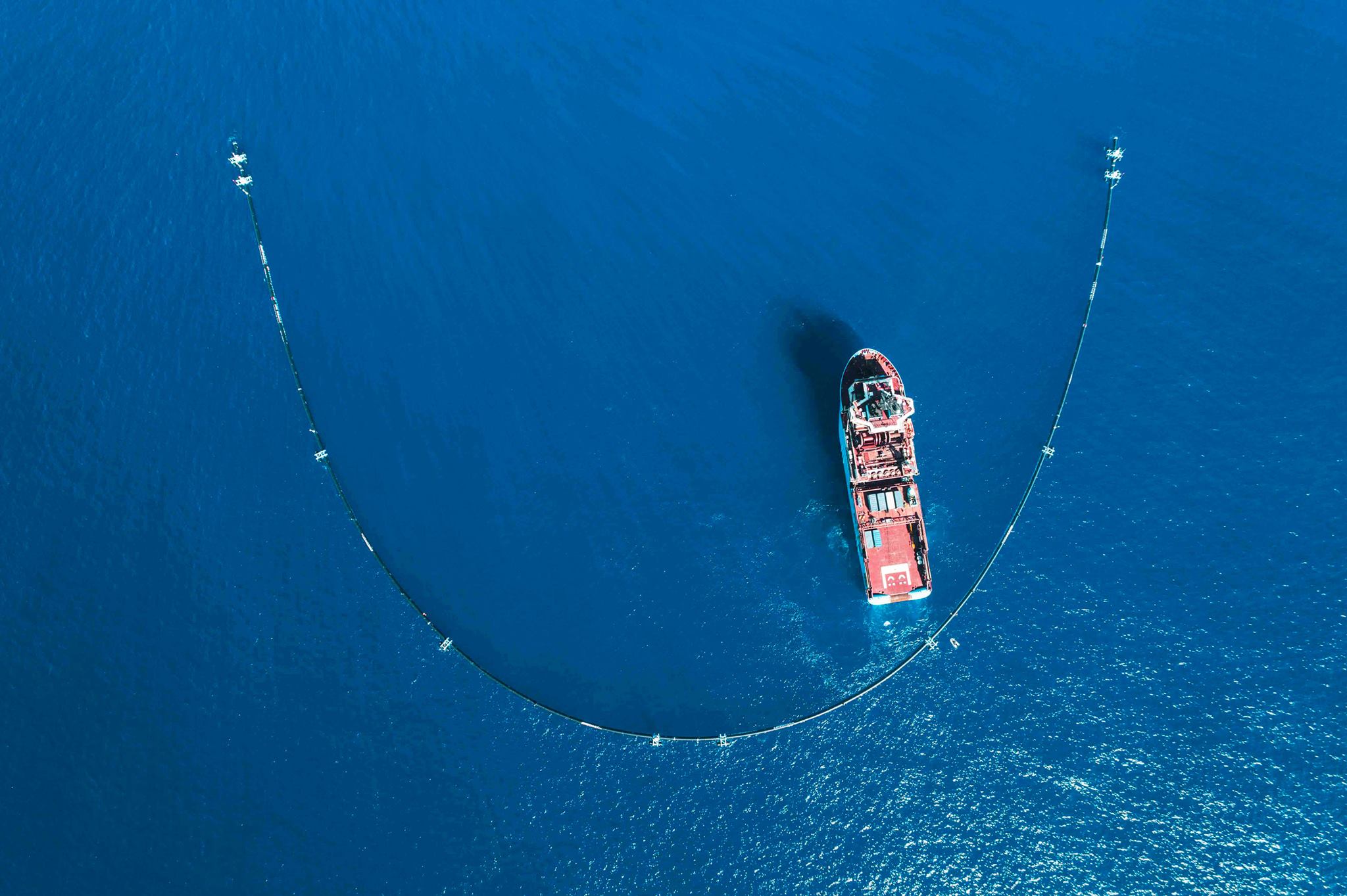




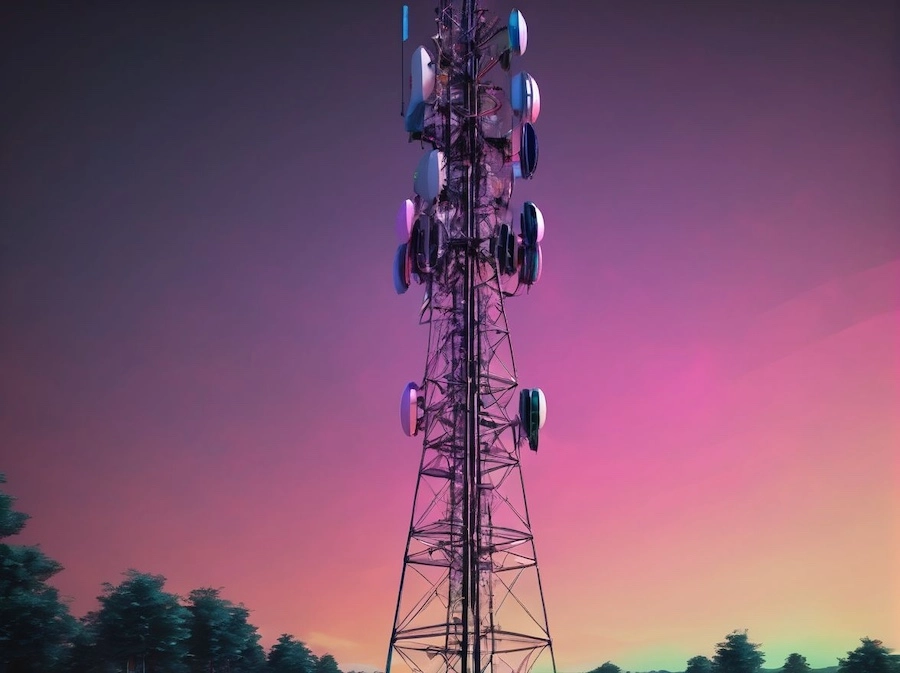


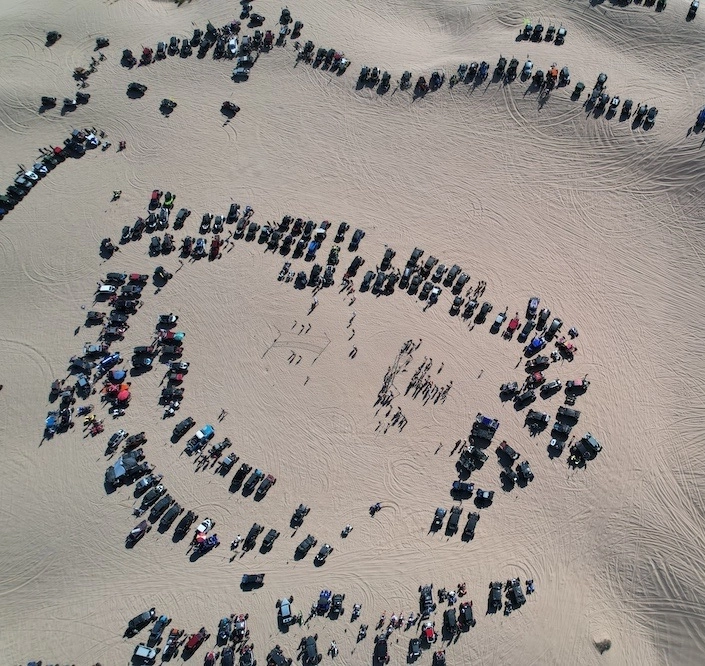






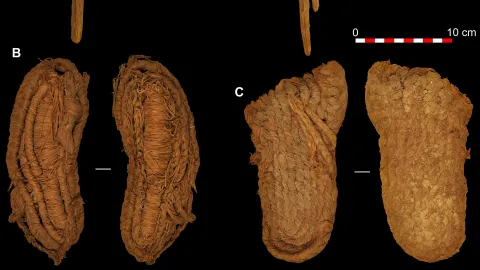



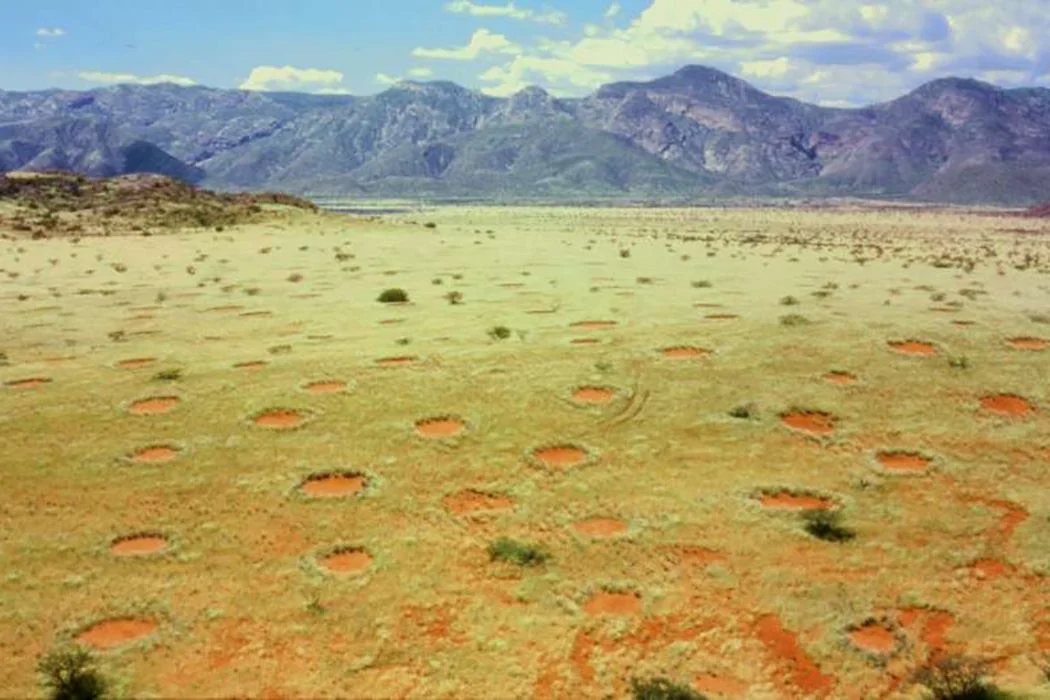
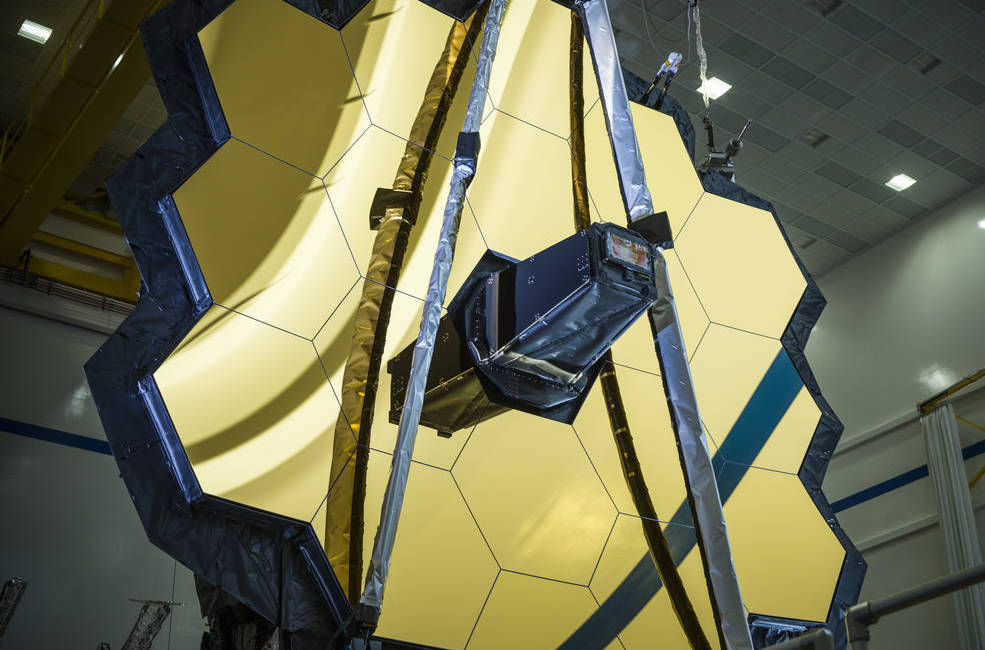


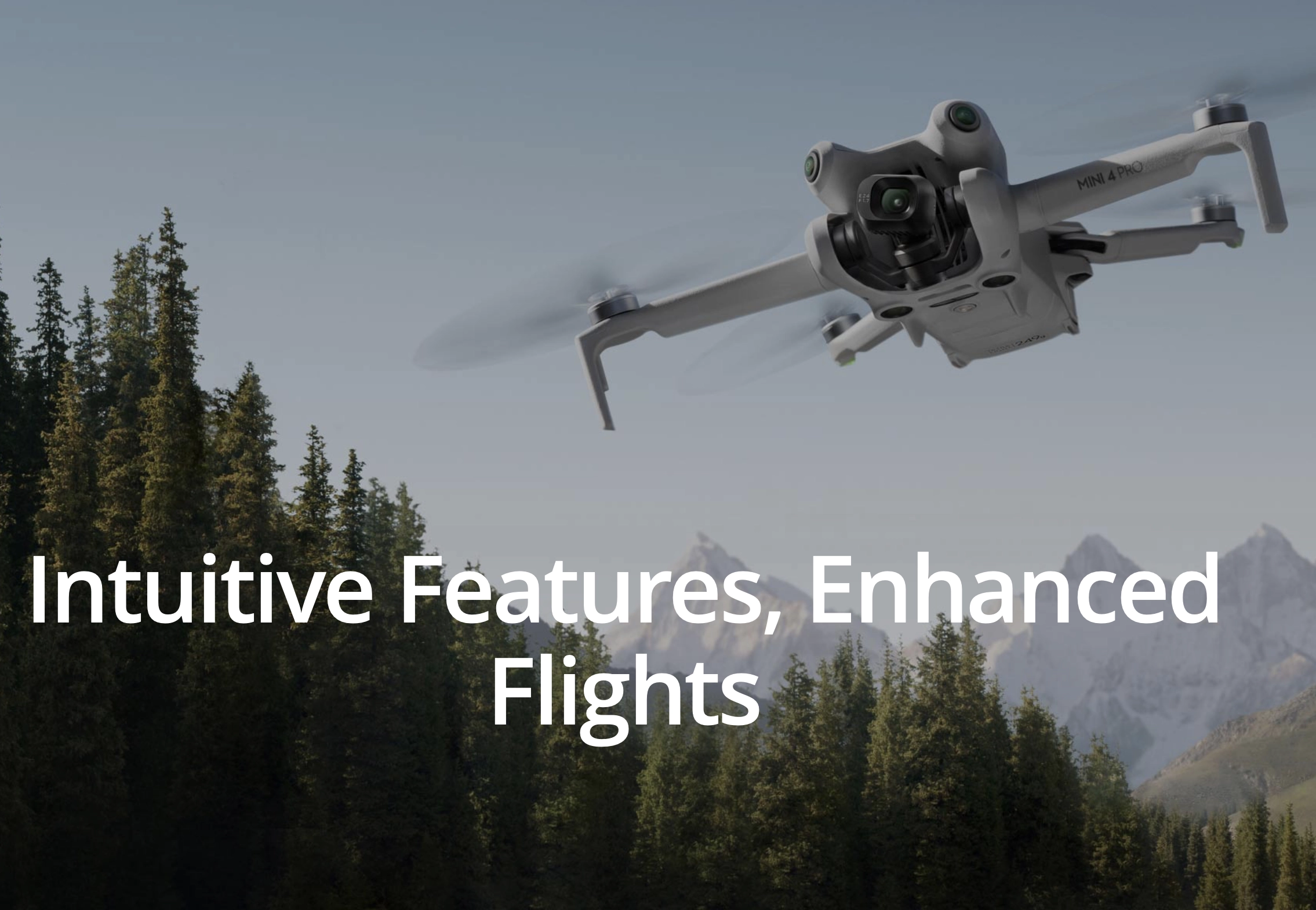



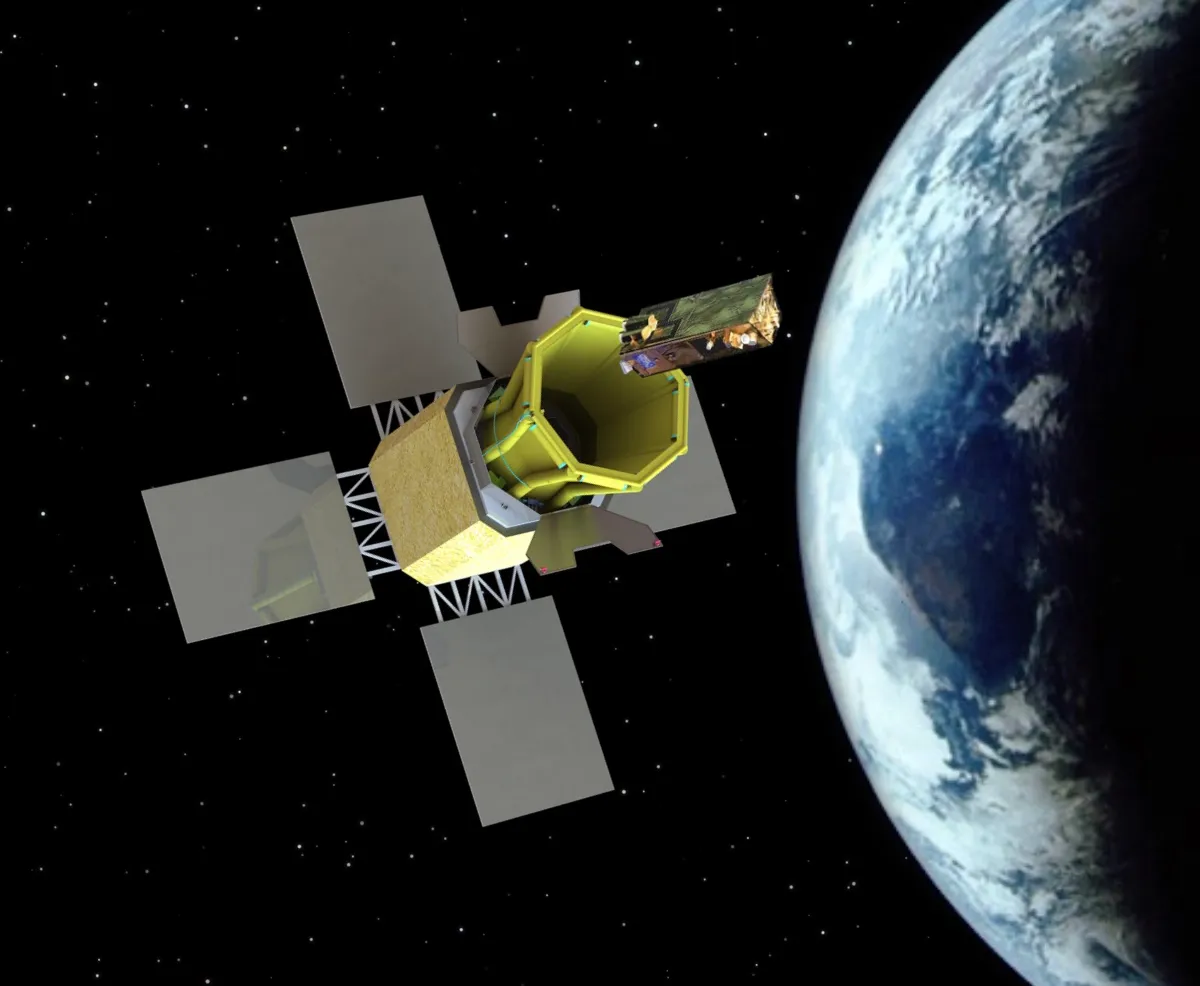


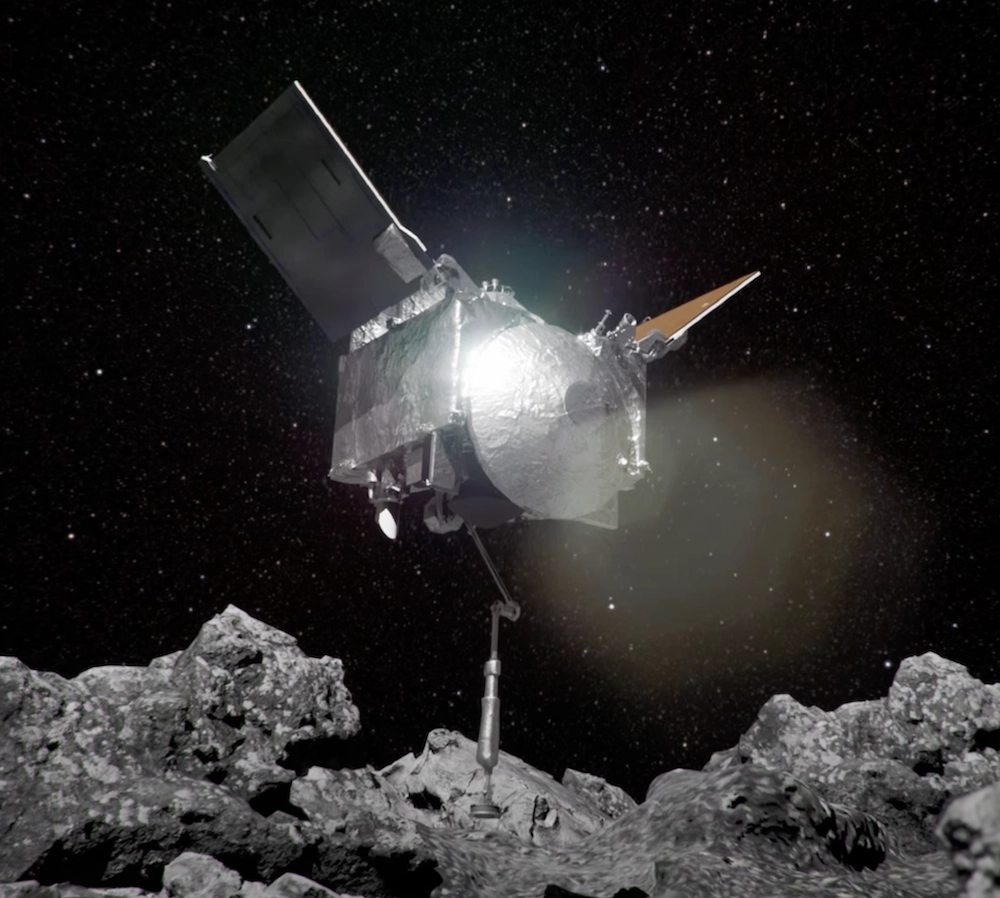

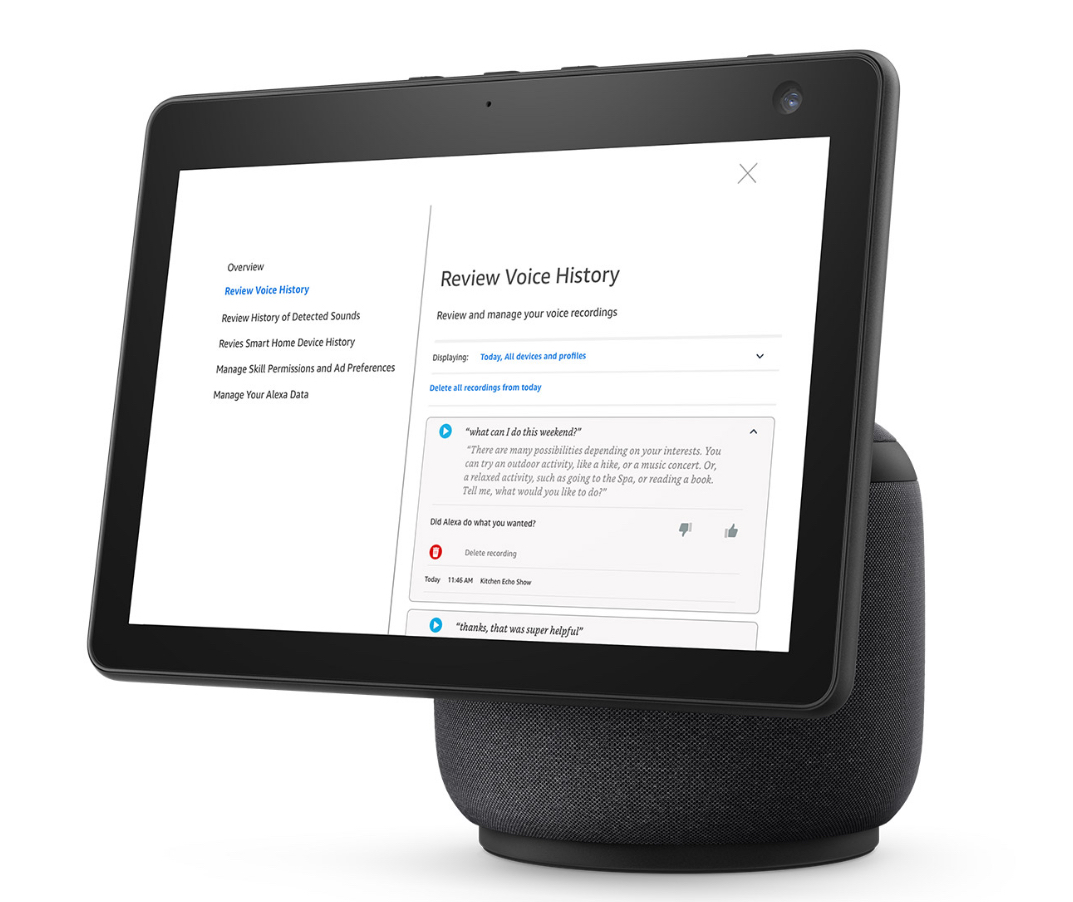



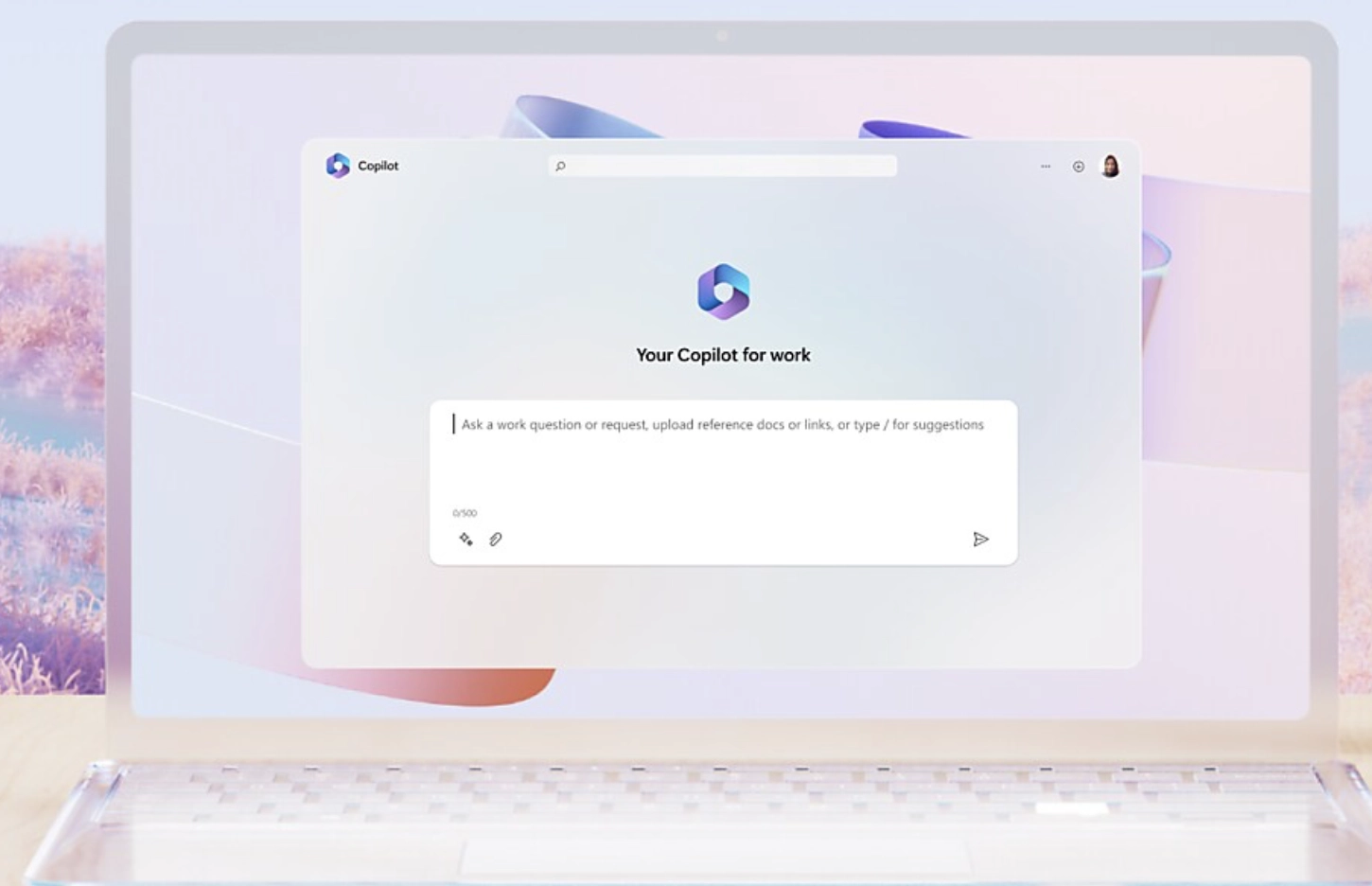

.webp)
.webp)
